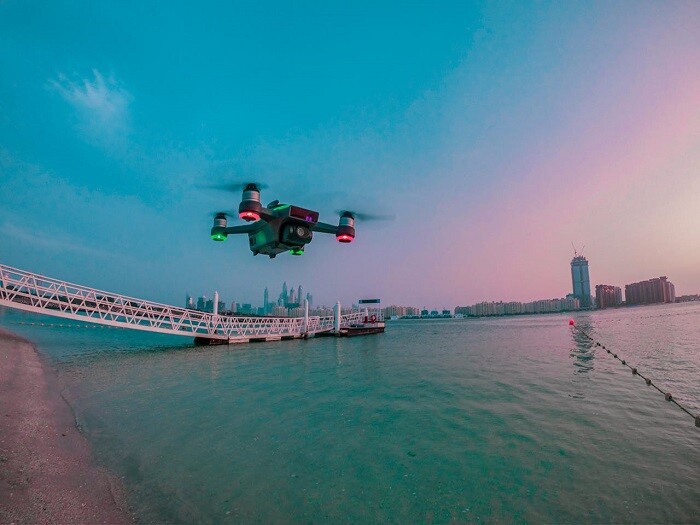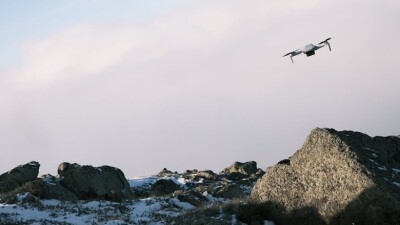Each week, Commercial UAV News takes you around the industry with a look at some stories you may have missed.  This week, we present stories on international drone standards, advances in UAV propulsion, drones in habitat restoration, and a new large cargo drone from China.
This week, we present stories on international drone standards, advances in UAV propulsion, drones in habitat restoration, and a new large cargo drone from China.
New International Standards for Uncrewed Vehicles
Aviation International News reported that the International Civil Aviation Organization (ICAO) Council has adopted new standards and practices concerning uncrewed aerial vehicles. According to the report, the organization has created “provisions for remote pilot licenses, RPAS-specific airworthiness requirements, and the use of C2 Links frequency bands, procedures, and systems are all included in the framework” in an effort to “improve the accuracy, consistency, and security of flight information exchanges system-wide,” enhance safety, and further efforts to integrate uncrewed vehicles into the international airspace system.
A Unique Approach to Drone Power
Research at the University of Southern Denmark is looking into the viability of powering drones directly from power lines. An Endgadget article details how a gripper system has been affixed to a Tarot 650 Sport drone, “customized with an electric quadcopter propulsion system and an autopilot module.” Through an inductive charger, the drone can land on a power line and “recharge five times over two hours.” Despite the effectiveness of the system, research are concerned that “a drone could damage a line and knock out electricity for thousands.”
Can Drones Aid Habitat Restoration in the UK?
A news report from the United Kingdom describes research into using drones to reduce the costs of peatland restoration in the North Yorkshire. According to the article, a ten-year study involving Yorkshire Water, Yorkshire Peat Partnership (YPP) and the University of Manchester will use drones to “to capture high-resolution topographic and infra-red images” and collect data on “sphagnum growth, vegetation structure and species.” Researchers believe using uncrewed systems will be less expensive and less labor-intensive than currently used data-collection methods.
A “Monster” Drone from China
UAS Vision reported on a new large drone model from Aviation Industry Corp of China. According to the report, the company’s HH-100 boasts “a maximum takeoff weight of 2 metric tons” and the ability “to fly 520 kilometers with a payload of 700 kilograms.” Moreover, the twin-engine vehicle “has been designed with a maximum cruising speed of 300 km per hour and a ceiling altitude of 5,000 meters.” The drone has “entered the flight-test phase and will carry out its first flight soon.”















Comments